For many women, period cramps (dysmenorrhea) are an inevitable part of the monthly menstrual cycle, often causing discomfort and disrupting daily life. These cramps, caused by the contraction of the uterus to shed its lining, can range from mild to severe, lasting for a few hours to several days. While over-the-counter pain relief medications like ibuprofen can help, there are also natural and effective remedies that can reduce or eliminate menstrual pain. Below are 10 powerful ways to get rid of period cramps.
1. Heat Therapy
Heat is one of the most effective and soothing remedies for period cramps. Applying heat to your abdomen helps relax the muscles of the uterus, easing the contractions that cause pain. You can use a heating pad, a hot water bottle, or take a warm bath. A study published in the journal Evidence-Based Nursing found that heat therapy can be as effective as ibuprofen in relieving menstrual pain.
How to Use:
- Place a heating pad on your lower abdomen for 15-20 minutes at a time.
- Take a warm bath to relax your entire body.
- Use a hot water bottle if you don’t have a heating pad.
2. Stay Hydrated
Drinking plenty of water can help ease bloating, which often worsens the discomfort of cramps. Staying hydrated keeps your muscles, including your uterus, functioning properly and can reduce the intensity of cramps. Additionally, warm water can increase blood flow to the skin and relax cramped muscles.
How to Stay Hydrated:
- Drink 8-10 glasses of water per day.
- Avoid sugary and caffeinated beverages, which can contribute to dehydration.
- Add a slice of lemon or cucumber to your water for extra flavor.
3. Exercise
It might sound counterintuitive to move when you’re in pain, but light to moderate physical activity can actually reduce menstrual cramps. Exercise releases endorphins, the body’s natural painkillers, which can help counteract the pain of cramps. Activities like walking, yoga, and stretching can improve blood circulation and relax the muscles of the uterus.
Recommended Exercises:
- Go for a brisk walk to get your heart rate up and your body moving.
- Try yoga poses like Child’s Pose, Cat-Cow, or Seated Forward Bend to gently stretch your abdomen.
- Low-impact aerobics or swimming can also help reduce cramps.
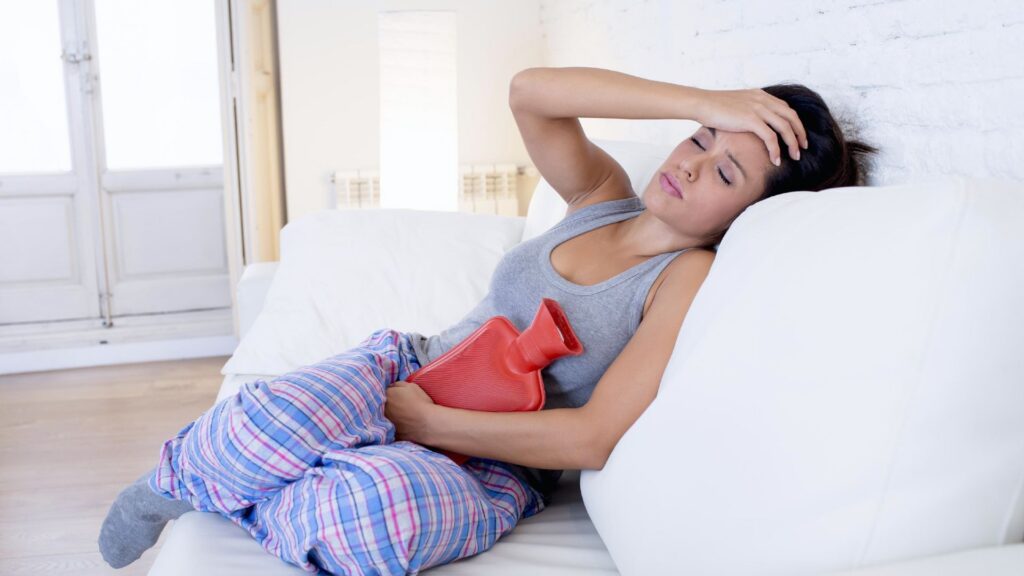
4. Herbal Teas
Certain herbal teas have been used for centuries to ease menstrual cramps. Chamomile, ginger, and peppermint teas are known for their anti-inflammatory and muscle-relaxing properties. These teas also have a calming effect that can help reduce stress, which can make cramps feel worse.
Best Herbal Teas for Cramps:
- Chamomile Tea: Reduces muscle spasms and has a soothing effect.
- Ginger Tea: Contains compounds that act as natural pain relievers and can help reduce the severity of cramps.
- Peppermint Tea: Helps relax the muscles and reduce the severity of menstrual cramps.
5. Magnesium-Rich Foods
Magnesium is a vital mineral that helps to regulate muscle and nerve function. Consuming magnesium-rich foods can help reduce the muscle contractions that cause period pain. Magnesium also helps to reduce inflammation and may decrease water retention, which can worsen cramping.
Foods High in Magnesium:
- Dark leafy greens like spinach and kale.
- Nuts and seeds such as almonds, sunflower seeds, and pumpkin seeds.
- Whole grains like quinoa and brown rice.
- Legumes including lentils and black beans.
6. Essential Oils
Massage with essential oils can significantly reduce menstrual cramps. Oils like lavender, clary sage, and marjoram have been found to relieve pain when massaged into the skin. These essential oils have anti-inflammatory and antispasmodic properties, which help ease uterine muscle contractions.
How to Use:
- Mix a few drops of essential oil with a carrier oil (such as coconut or olive oil).
- Gently massage the oil into your lower abdomen for 5-10 minutes.
- Alternatively, add essential oils to your bath for full-body relaxation.
7. Acupuncture and Acupressure
Acupuncture is an ancient Chinese therapy that involves inserting thin needles into specific points on the body to balance energy flow. It has been shown to help reduce period pain by stimulating the nervous system, which triggers the release of endorphins, the body’s natural painkillers. Acupressure, a similar method but without needles, can also be effective in easing cramps.
How It Works:
- Acupuncturists focus on specific points like the lower back and legs to target menstrual pain.
- Acupressure involves applying gentle pressure to points like the inner ankles or the area below the knee.
8. Dietary Changes
What you eat can directly affect the severity of your menstrual cramps. Avoiding foods that cause bloating and inflammation, such as processed foods, sugars, and trans fats, can make a difference in your pain levels. Instead, focus on eating a balanced diet rich in whole grains, fruits, vegetables, and lean proteins.
Foods to Avoid:
- Processed foods high in sodium and sugar.
- Caffeinated beverages, which can constrict blood vessels and worsen cramps.
- Alcohol, which dehydrates the body and can increase discomfort.
Foods to Eat:
- Leafy greens, which are high in iron and can replenish lost nutrients.
- Fatty fish like salmon and mackerel, which contain omega-3 fatty acids that reduce inflammation.
- Fresh fruits and vegetables, which provide vitamins and antioxidants to reduce inflammation.
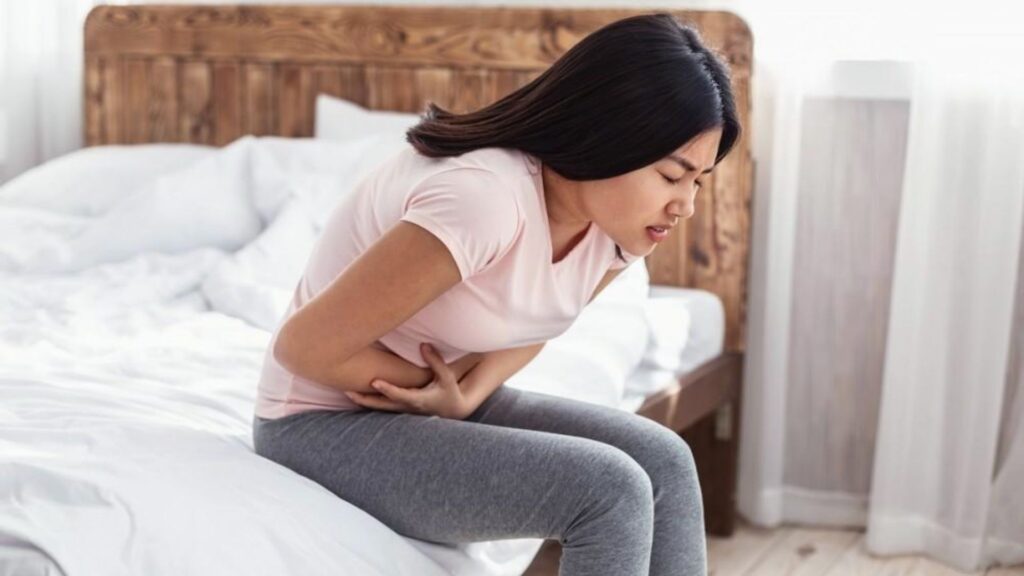
9. Sleep and Relaxation
Getting enough sleep and practicing relaxation techniques can also help reduce the severity of period cramps. Stress can increase the intensity of menstrual pain, so it’s important to rest and let your body heal. Deep breathing, meditation, and stretching before bed can improve your sleep quality and relieve tension in your muscles.
How to Relax:
- Practice deep breathing or progressive muscle relaxation to release tension.
- Try meditation or mindfulness exercises to reduce stress.
- Ensure you’re getting 7-9 hours of sleep per night to allow your body to recover.
10. Over-the-Counter Pain Relievers
While natural remedies are highly effective, there are times when you may need over-the-counter pain medications. Nonsteroidal anti-inflammatory drugs (NSAIDs) like ibuprofen (Advil) or naproxen (Aleve) can quickly relieve menstrual pain by reducing the production of prostaglandins, which cause cramping.
When to Take:
- If your cramps are severe, take NSAIDs at the first sign of your period.
- Follow the dosage instructions and consult with a healthcare provider if you have concerns.
Conclusion
Dealing with period cramps doesn’t have to be a monthly struggle. By incorporating a combination of these 10 powerful remedies—ranging from heat therapy to dietary changes—you can manage and even eliminate menstrual pain. It’s important to listen to your body, find what works best for you, and consider consulting a healthcare provider if your cramps are severe or worsening. With the right care, you can alleviate discomfort and carry on with your daily activities pain-free.




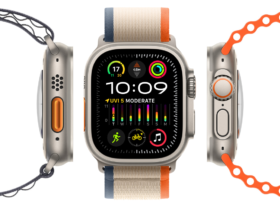
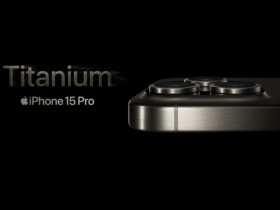





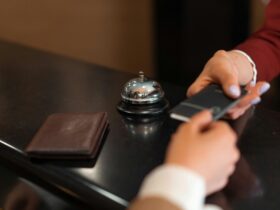
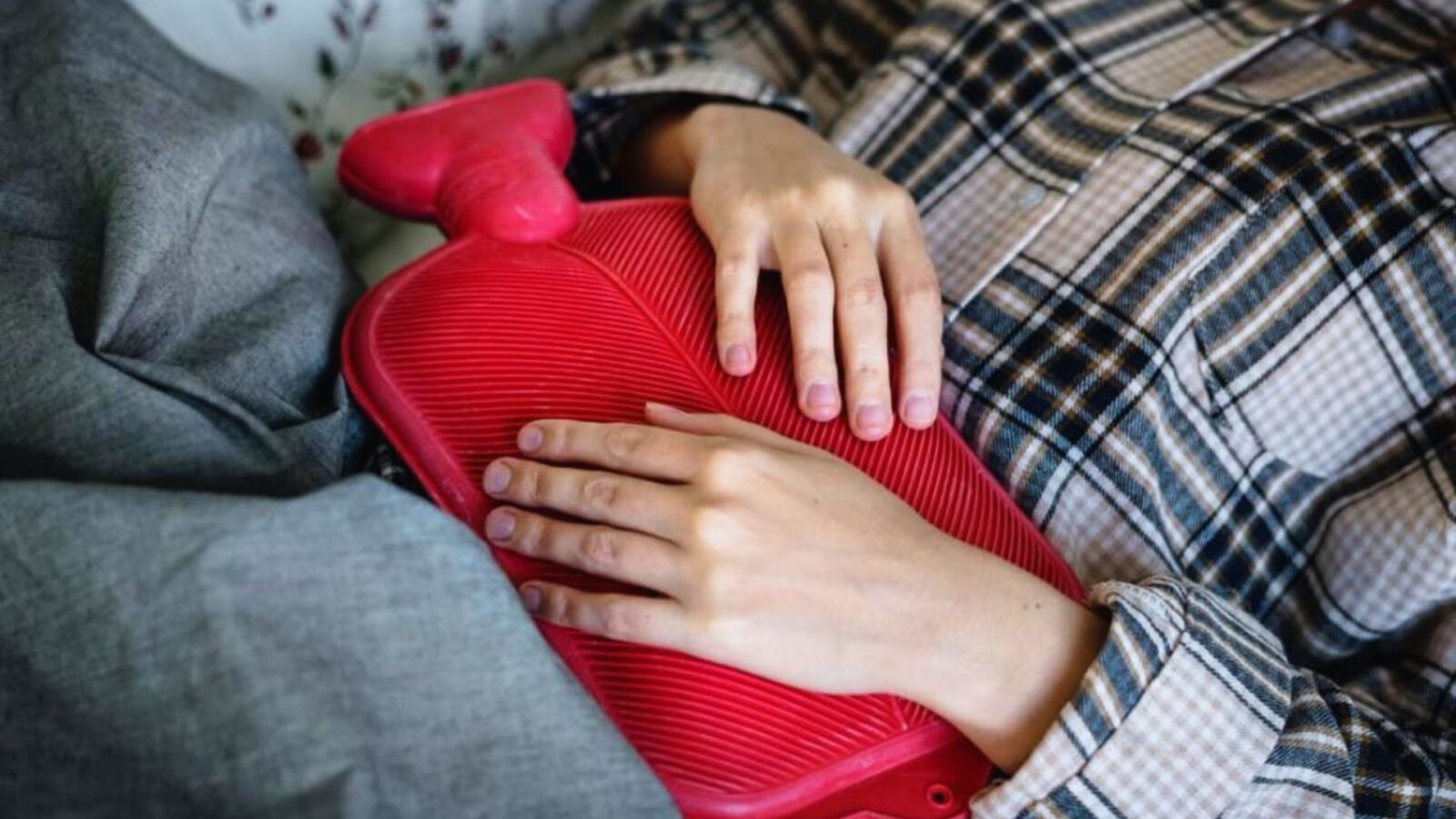








Leave a Reply